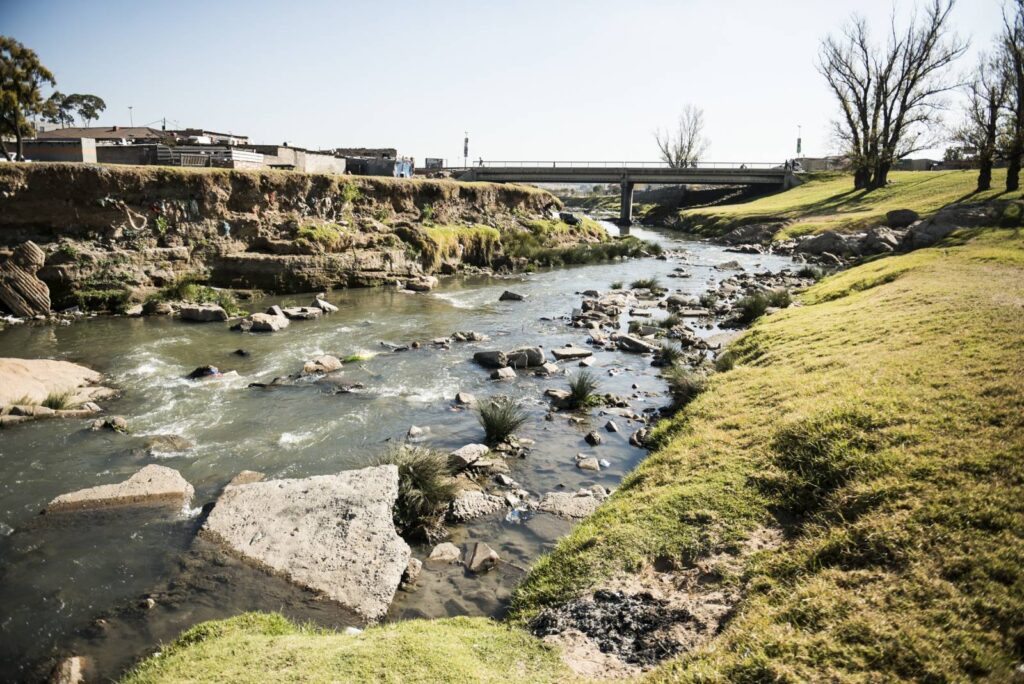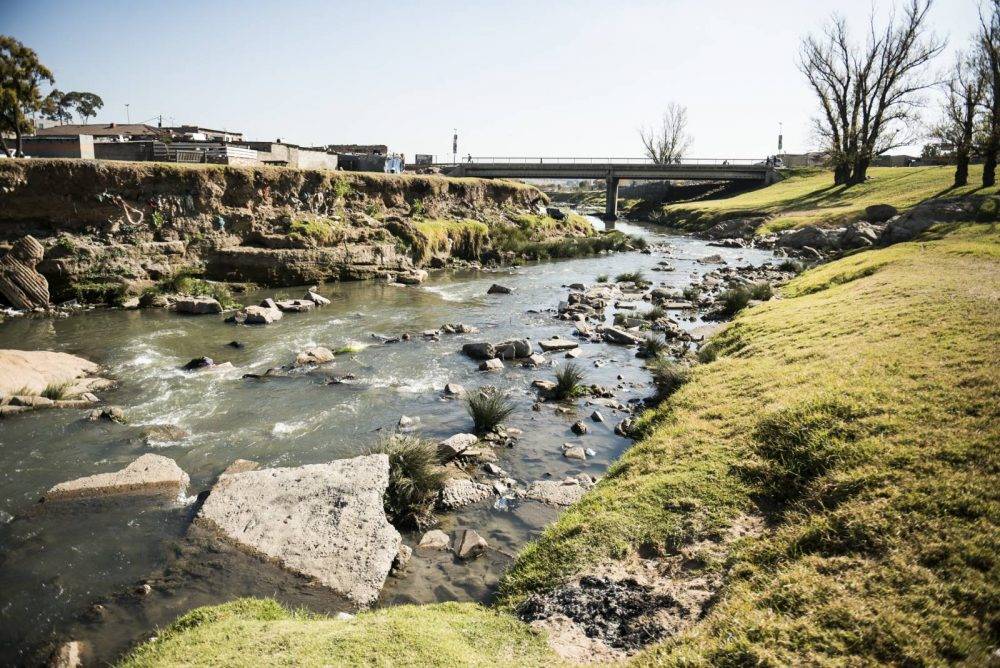
The polluted, rubbish-filled Jukskei River in Johannesburg. (Delwyn Verasamy/M&G)
TThere's a faint stench of sewage in the air above the polluted Jukskei River in Johannesburg's Alexandra area. Paul Maluleke has been studying the grey waters and knows what the source of the recent sewage spill is.
“The sewer lines are clogged and water is spilling into the river,” said the founding member of the non-profit group Alexandra Water Warriors.
“We reported it. They came and fixed it, but the problem is it was a one-time thing. There's no maintenance plan.”
The 50-kilometre-long Ukeskei River, one of the city's largest rivers, has been a victim of Johannesburg's rapid urbanisation, with its deeply eroded waterway long serving as a dumping ground for the city's sewage, storm water, garbage, industrial waste and construction debris.
But thanks to the community-based work of the Alexandra Water Warriors, work is underway to repair and restore the damaged river.
With the help of 2,500 dedicated volunteers, of which 600 are salaried, over 4,775 clean-up sessions have been conducted since its inception in 2021, removing invasive species, restoring riparian vegetation, implementing erosion control measures, and other interventions.
Maluleke explained how volunteers have stopped illegal dumping, sand mining and other criminal activities on the riverbanks. “We want to restore the Yukskei River and turn it into a tourist destination. This is a heritage site and water is our oldest resource.”
Alexandra Water Warriors has been selected as one of the project partners in a new project called Scaling Up Urban Nature-Based Solutions for Climate Adaptation in Sub-Saharan Africa (Suncasa), which will carry out watershed restoration and adaptation activities in Dire Dawa, Ethiopia, Kigali, Rwanda and Johannesburg, with activities focused on urban heat management, water security and restoration of the Jukskkei River watershed.
“The significance of this project is that its objective speaks to the strategic response in the City of Johannesburg's Water Security Strategy to foster a water-conscious society as well as promote a resilient, liveable and sustainable urban water environment,” City of Johannesburg spokesperson Ntathisi Modingoane said.
City officials played their part in applying for the funding, aligning with the city's goal of implementing nature-based solutions that support climate resilience and biodiversity protection through watershed conservation and restoration in urban communities.
Once the initial proposal was approved, the city identified the scope of detailed activities and work packages and then engaged in the “meticulous work” of consolidating project sites, identifying local delivery partners and putting together an implementation plan, he added.
The three-year project will use solutions found in nature to reduce climate-induced flood risk and increase resilience for 2.2 million people in three cities in sub-Saharan Africa, while promoting gender equality, social inclusion and strengthening biodiversity protection.
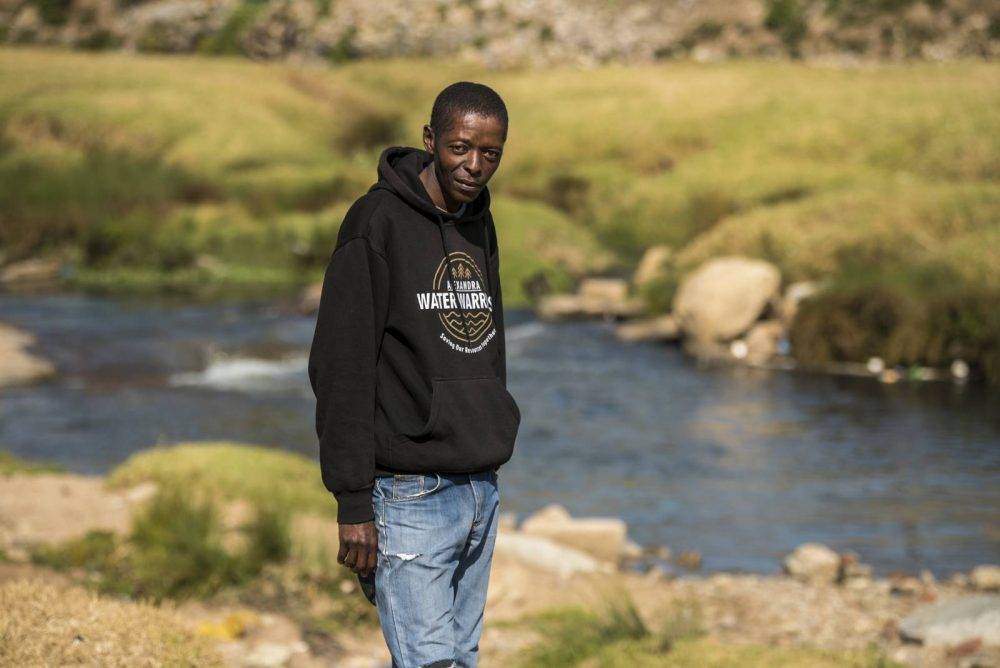
Suncasa is funded through the Canadian Foreign Office's Climate Partnership Program, which will see approximately $29 million invested in the cities by 2026. The project will directly support 14 local cooperatives, expanding employment opportunities and engaging women and youth in ecosystem conservation. The project will be co-managed by the International Sustainable Development Institute and the World Resources Institute, and will be guided and implemented by local partners and policymakers.
According to the two institutes, the increased climate vulnerability in the three cities is caused by “rapid urbanization, immature climate governance systems, poor infrastructure, large populations with low socio-economic status, and limited resources to adapt to climate change.”
In Johannesburg, invasive species have been introduced into river systems, threatening water security, increasing flood risk and impacting local biodiversity.
“Communities along the Yukus River are also suffering from rising temperatures and the heat island effect, especially in poorer areas with limited adaptive capacity,” they said.
The Upper Yukskei River Basin contains densely populated residential areas, agricultural areas and retail centres. Informal settlements within the basin are particularly vulnerable to flooding.
Sancasa and its local partners will prioritize removing invasive species that clog the city's waterways, restoring riverbanks, managing urban heat, improving water security, and expanding green spaces through tree planting and increasing native plants and vegetation.
“Sancasa is working on capacity building for the Alexandra Water Warriors and we have been selected as an implementing partner,” Maluleke added. “The good thing is that we have a range of partners. Right now our focus is on debris removal. We will also install trash traps, do education and awareness activities, and recycling. After that, we will support Water for the Future as they have been given the role of strategic rehabilitation and removal of invasive plants. We will also implement joint programmes for greening, tree planting and other planting.”
Johannesburg Mayor Kabelo Gwamanda said flood management was a key aspect of the city's water security strategy. “Flooding, exacerbated by climate change and urbanization, poses huge risks to lives, livelihoods and infrastructure, causing large-scale destruction and disruption.”
” [Jukskei] “Rivers are a piece of infrastructure that builds climate resilience, for example against flooding, but also contributes to water security,” said Amanda Ngucanga, senior urban policy analyst at the World Resources Institute and country lead for the Urban Water Resilience Initiative.
By returning the Yukus River to a near-natural state, the riverbanks will be able to accommodate the water that normally flows in during the rainy season.
“But the more degraded our river systems are, the more likely we are to experience flooding, which not only affects people's livelihoods but also urban infrastructure such as storm water and roads,” she said, noting that this has a major cost impact on Johannesburg.
Restoring streams and removing invasive plants around water bodies can help improve the ability of rivers such as the Yukskei to recharge groundwater aquifers, she said.
Johannesburg has been recognised as a key strategic source area for groundwater.
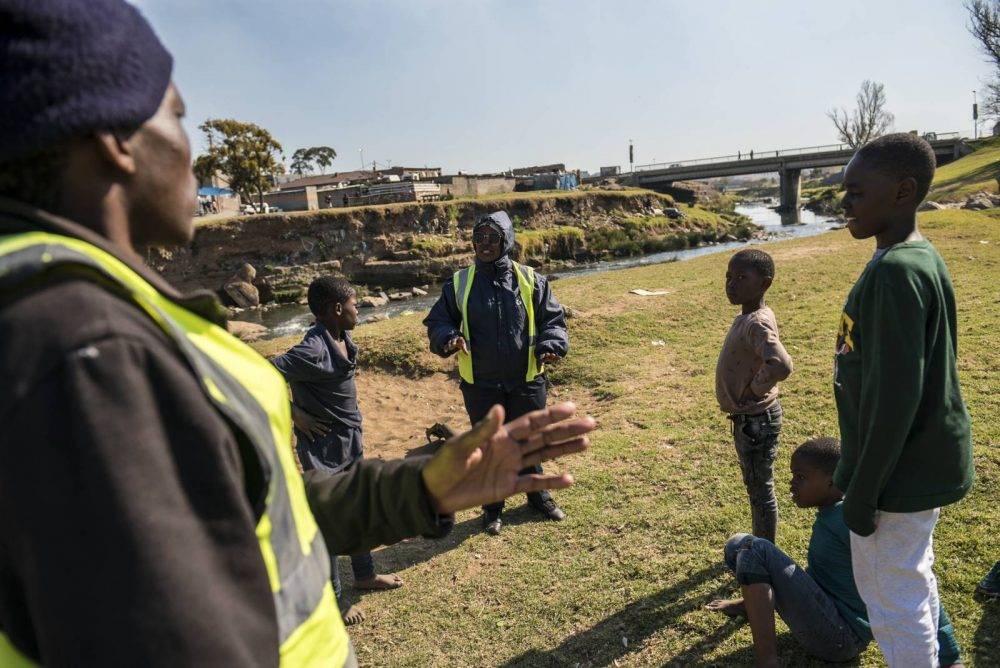
The city is investing in groundwater management as an alternative source of water, he said, and “we need to replenish aquifers as we have more private water users drilling into them.”
Gukanga said one way to replenish aquifers is to slow the flow of rivers and other water bodies and increase native vegetation along the rivers.
Another strong element of the Suncasa project is urban greening.
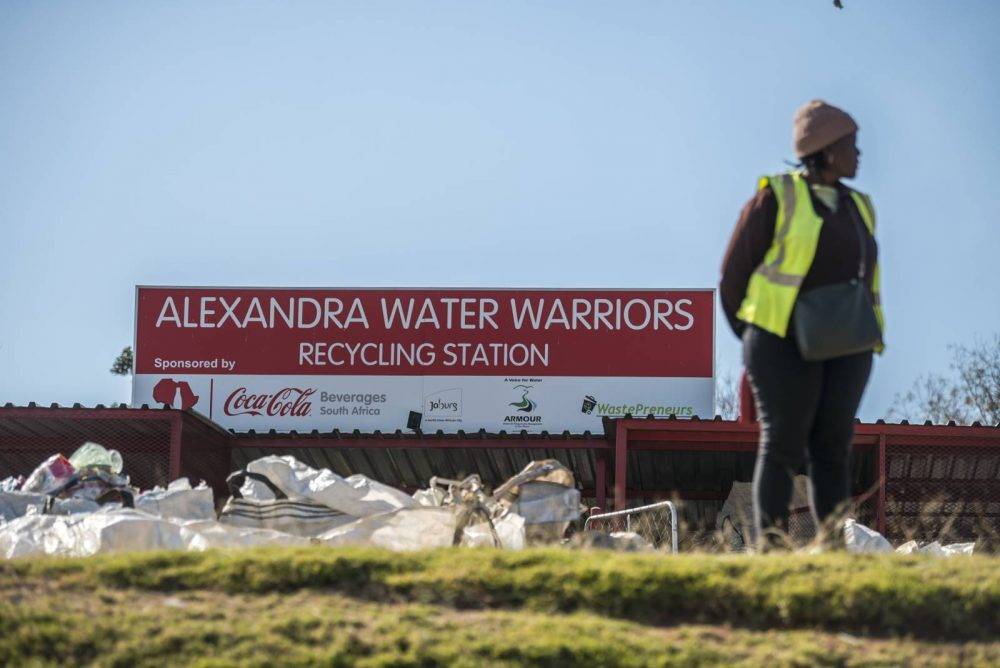
“Johannesburg has areas known as dust bowls or brown spots. These are mainly susceptible to climate heat shocks and are also linked to health impacts… In this project we are also revegetating the area along the Uxkei River, but we are mainly targeting the brown spots.”
Mr Ngukanga referred to a recent study on urban heating by the National Treasury Urban Support Programme and the World Bank, which focused on Johannesburg and Ekurhuleni.
Johannesburg's main hot zones are Soweto, Alexandra and Braamfontein, the latter two of which are in the upper Yukskei River basin and will see various urban greening initiatives implemented.
“The aim of this whole project is to build resilience against too much water, too little water, polluted water, polluted environment and heat. That's what we're trying to do with these two major interventions,” Ngukanga said.
Maluleke said the Alexandra Water Warriors had been successful in returning some aquatic species to the River Yukskei.
“There is still a long way to go because private companies are still discharging chemicals into the river. Most are complying but the biggest challenge is infrastructure,” he said.
There are issues with clogged sewer and drainage systems, especially in the basement, and a lot of work needs to be done.
“Usually there is a waterway where these companies have to discharge, but when it gets blocked, we found that most of the chemicals end up in the river,” Maluleke said.
“Another challenge was to get maximum participation from the local community, to make them understand how important the river system is, that it is an asset and the largest employer, and that high unemployment can be reduced through the environment.”

